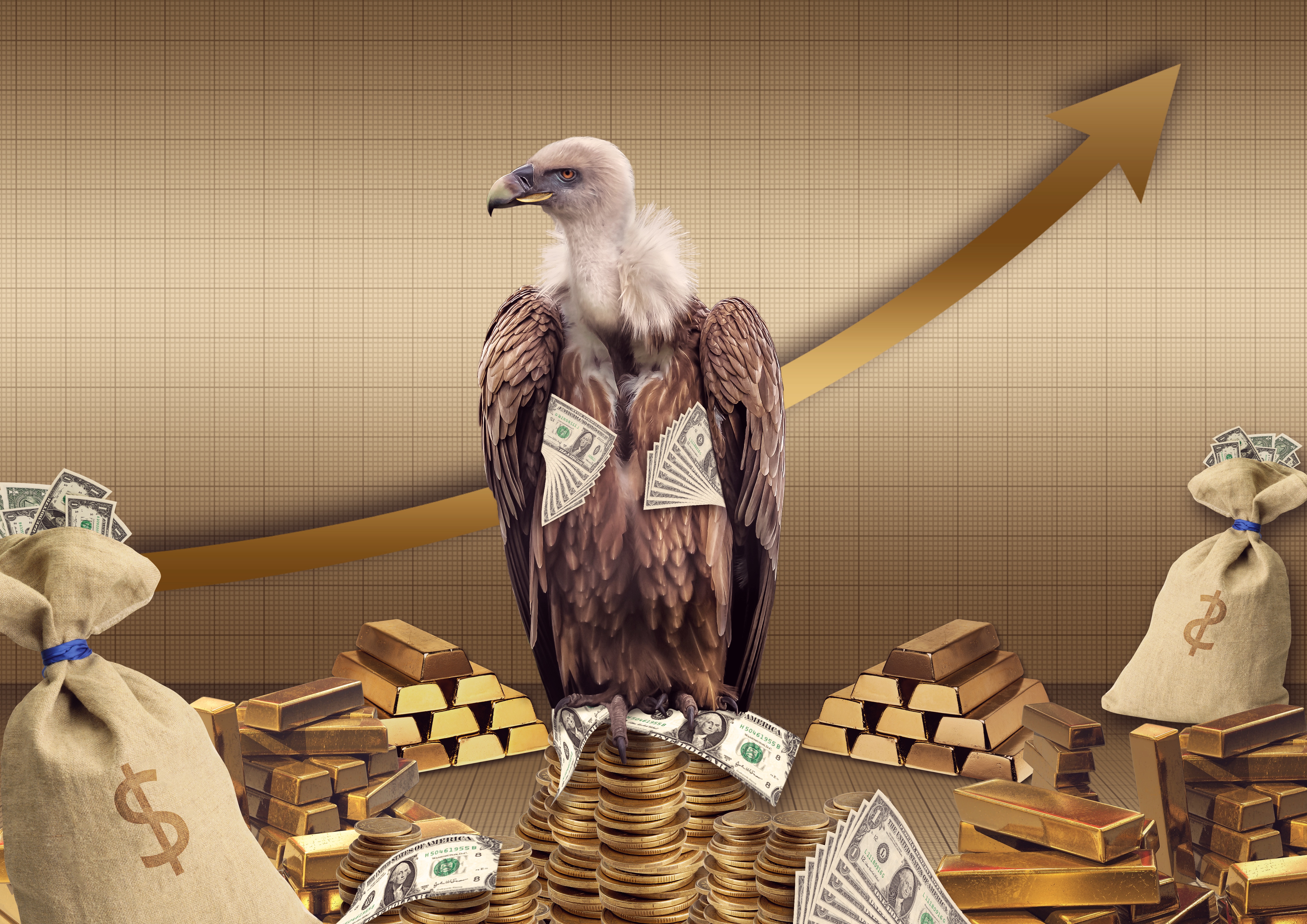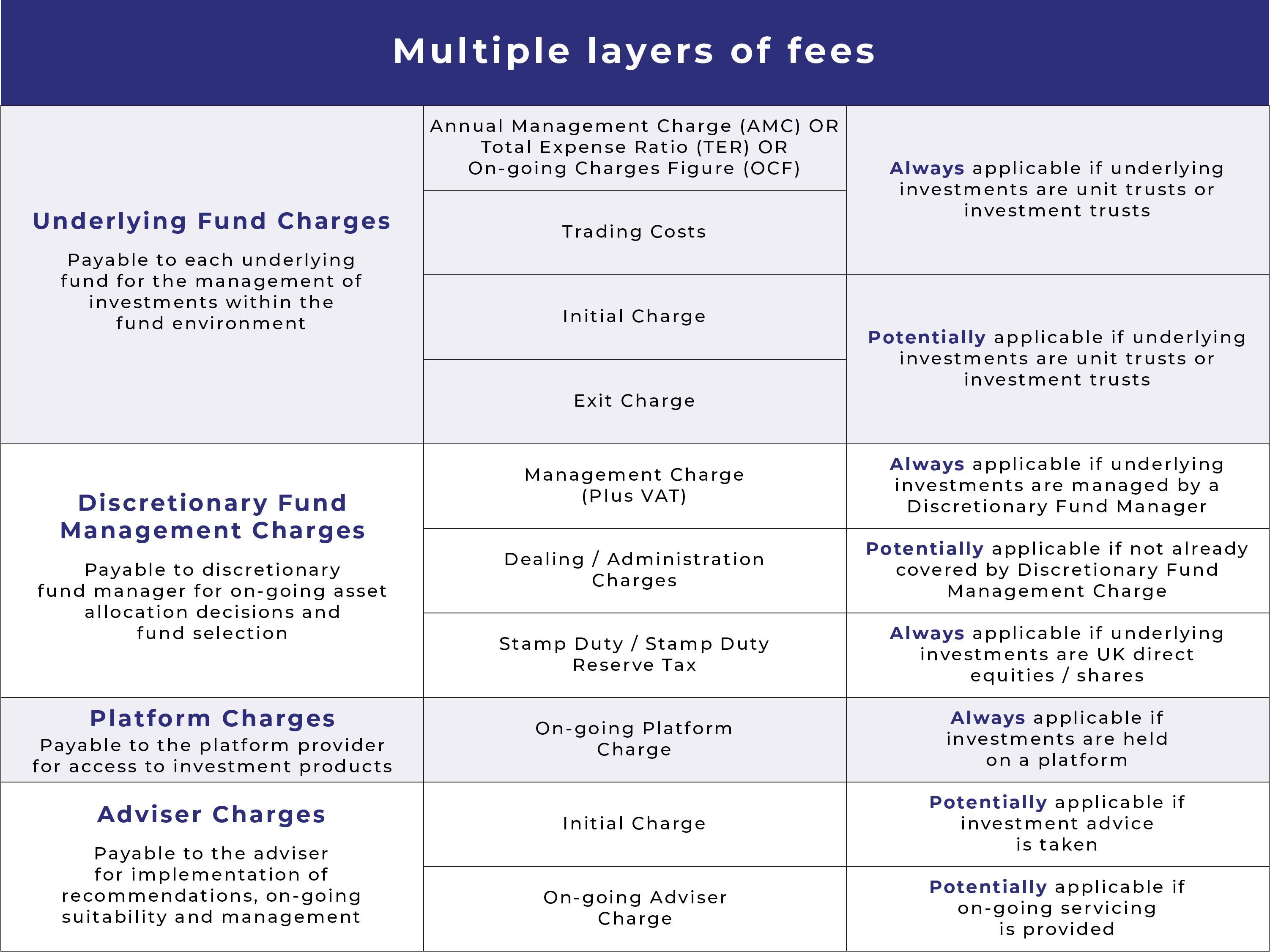Introduction
In this post, we are going to explore the concept of money what relevance Bitcoin has as a form of money. We will do this by tackling the hotly-debated, controversial and often-misunderstood issues that get regulators, Bitcoin maximalists and economists like Nouriel Roubini and Peter Schiff really hot under the collar. In the process, you will get a better understanding of money, but hopefully, also gain clarity about:
- What the real problems with our current systems of money are and the far-reaching implications thereof;
- Why Bitcoin spells trouble for banks and why they will not be able ‘blockchain’ themselves out of the inevitability that awaits them;
- What the regulators are missing when it comes to cryptocurrency regulation;
- Why central banks’ attempts at creating digital currencies of their own will not make any difference;
- Why highly-publicised ‘cryptocurrencies’ like Ripple (XRP) and Libra are not the answer to the real problems we have;
- Why stablecoins are not the answer either; and
- What investment juggernauts like Warren Buffet are missing when they lash out at cryptocurrencies as turds and rat poison.
… Peter Schiff
…Bitcoin is “probably rat poison squared.”
…Warren Buffet
We will also address the suitability of Bitcoin as a form of money. We will proceed in the following sequence of topics;
- A crash course in money – Here we will address questions like: What is money? What is fiat money?
- An overview of monetary systems – This section will give an overview of the role that monetary authorities and banks play in the money supply, inflation and other economic matters that affect the ordinary man in the street.
- The challenges associated with our current systems of money – Once we understand how money works, we can explore the lesser-known issues such as financial repression and government impunity.
- How Bitcoin addresses the challenges faced by traditional money systems.
- Responses to the rise of Bitcoin:
- Other cryptocurrencies such as Ethereum tokens, Litecoin and Bitcoin Cash
- Stablecoins
- Ripple and Libra
- Central Bank Digital Currencies
- Banks and Private Blockchains
- Where to from here?
What makes something money? What gives money value? Is it the number printed on the currency note? Is it the belief that central banks hold the equivalent value of gold that backs the currency? (The backing of currencies by an equivalent amount of gold has not been true since the 1930s). Is it the belief that your government guarantees the value of the notes?
Money is anything that people are willing to use in order to systematically represent the value of things to enable the exchange of goods and services. Historically, money took all kinds of forms such as Cowry shells that were used to conduct trade around Africa and Asia. Money also took the form of coins, starting with the Lydians of ancient Greece around 600BC. But coins needed to be forged, were heavy and took up space, which lead to the emergence of paper money.
What gives money value is the belief society has that it has value and that it will be accepted for economic exchange. It is the belief that if you purchase a good with this thing called money, that your money will be accepted and your good will be provided. Our society has agreed to and collectively believe our banknotes have value. For something to be regarded as a reliable form of money, it needs to have particular properties (more on this below). For example, it needs to be durable and resilient. Leaves would be a terrible form of money. It also needs to be scarce. Seashells cannot be used as a form of money for societies on the coast.
What is fiat money?
Fiat money is currency that a government has declared to be legal tender, but is not backed by a physical commodity such as gold. The value of fiat money is derived from the relationship between supply and demand rather than the value of the material from which the money is made. The word “fiat” is Latin in origin and refers to an arbitrary order issued by a government or other authoritative figure. When applied to paper money, fiat currency refers to the notion that a currency has value only because the government says it does. Fiat money does not have use value (unlike gold for example) and has value only because a government maintains its value, or because parties engaging in exchange agree on its value.
This video by Andreas Antonopoulos provides and excellent and entertaining insights into concepts of money and how Bitcoin challenges traditional monetary systems.
Important functions and characteristics of money
Economists and monetarists will generally agree that money must be a medium of exchange, a unit of account, and a store of value:
- Medium of exchange – As discussed above, in order for something to be considered money, it must be widely accepted as payment for goods and services.
- Unit of account – In order for an item to be considered money, it must be the one common unit that prices, bank balances, contractual obligations etc. can be reported in. Imagine pricing a loaf of bread in terms of fish, having the price of fish quoted in terms of chickens, and then wanting to exchange bread for chickens. A single, common unit of account in which everything is priced resolves this chaos.
- Store of value – In order for something to be considered money, it has to (to a reasonable degree) hold its purchasing power over time. This feature of money gives producers and consumers flexibility in the timing of purchases and sales, eliminating the need to immediately pay for goods and services.
But in addition, for something to be considered as money, it needs to have the following properties:
- Divisible: Can be divided into smaller units of value.
- Fungible: One unit is viewed as interchangeable with another.
- Portable: Individuals can carry money with them and transfer it to others.
- Durable: An item must be able to withstand being used repeatedly.
- Limited in Supply: The supply of money in circulation ensures values remain relatively constant.
The above properties of money will certainly help us as we go through these posts because we need to deal with the following issues for example:
- What happens if money no longer holds its value?
- What happens if the money supply is no longer limited?
What gives money value is the belief … that if you purchase a good with this thing called money, that your money will be accepted and your good will be provided.
The history of fiat money
Government-issued banknotes began to be used in 11th century China and its use became widespread during the Yuan and Ming dynasties. The government established a monopoly on its issuance. Much later, fiat money started to dominate in the 20th century. Since the decoupling of the US dollar from gold by Richard Nixon in 1971, a system of national fiat currencies has been used globally.
The Yuan Dynasty was the first dynasty in China to use paper currency as the predominant circulating medium. The founder of the Yuan Dynasty, Kublai Khan, issued paper money known as Chao in his reign.
During the 13th century, Marco Polo described the fiat money of the Yuan Dynasty in his book The Travels of Marco Polo:
All these pieces of paper are issued with as much solemnity and authority as if they were of pure gold or silver… and indeed everybody takes them readily, for wheresoever a person may go throughout the Great Kaan’s dominions he shall find these pieces of paper current, and shall be able to transact all sales and purchases of goods by means of them just as well as if they were coins of pure gold.
20th century developments
After World War I, governments and banks generally still promised to convert notes and coins into their underlying nominal commodity (typically gold) on demand. However, the costs of the war, the required repairs and the much-needed economic growth based on government borrowing afterwards made governments suspend this practice. Governments were careful of avoiding sovereign default. They did not anticipate the consequences of paying debts with newly printed cash which had no metal-backed standard. In some cases, this led to hyperinflation – for example, the hyperinflation in the Weimar Republic.
From 1944 to 1971, the Bretton Woods agreement fixed the value of 35 United States dollars to one troy ounce of gold. Other currencies were pegged to the U.S. dollar at fixed rates. The U.S. promised to redeem dollars in gold to other central banks. Trade imbalances were corrected by gold reserve exchanges or by loans from the International Monetary Fund.
The Bretton Woods system collapsed in what became known as the Nixon Shock. This was a series of economic measures taken by United States President Richard Nixon in 1971, including unilaterally cancelling the direct convertibility of the United States dollar to gold. Since then, a system of national fiat monies has been used globally, with freely floating exchange rates between the major currencies.



